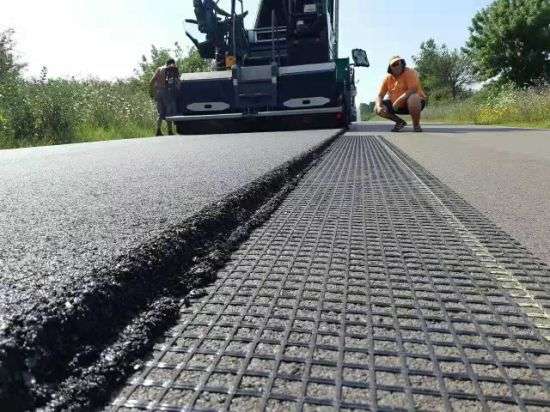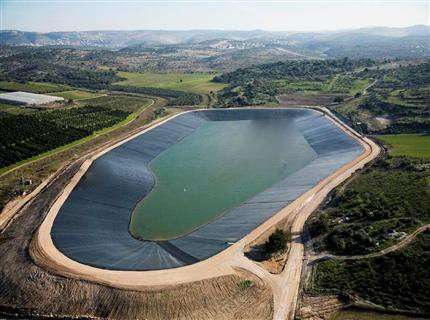
Blog
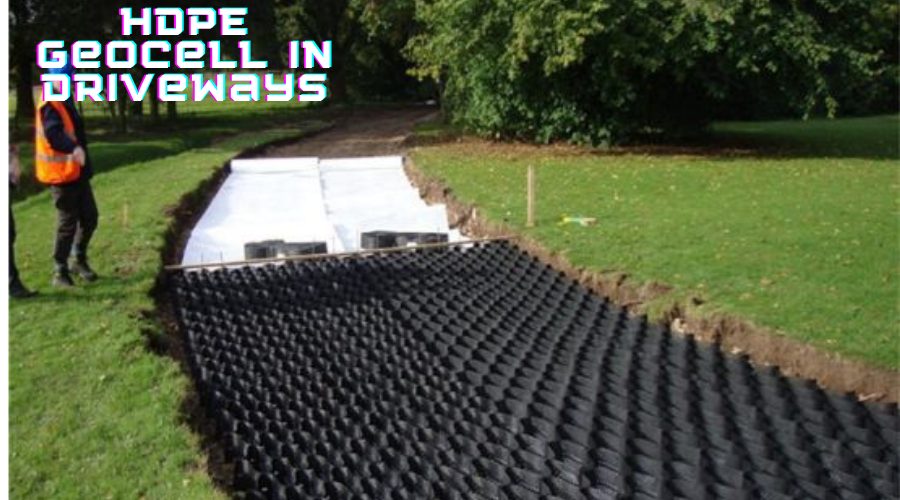
May 26,2023
How does HDPE geocell work, and how do we install a geocell driveway?
Many people working on various commercial projects understand the importance of balancing many factors like upfront costs, the concerns of safety, the most relevant type of regulations, and the lifespan of what you design and what you construct. Among these factors, we see factors like push and pull. However, focusing too much on the budget is also not suggested, as focusing too much on the budget can also result in a project that does not meet safety standards. Thus, there is a need to use a geocell in the applications where you need to provide stability to the ground. Geocells are the type of product that is engineered for safety and stabilization. Geocells are a type of geosynthetic material used in the construction industry to reinforce soil and improve the load-bearing capacity of the ground. They are made from a flexible, three-dimensional honeycomb structure filled with soil or aggregate and then compacted to create a stable foundation for roads, bridges, and other infrastructure projects.
How does it work?
The basic principle behind geocells is that they increase the effective width of the soil-bearing layer, thus reducing the stress on any one point in the soil. This is achieved by confining the ground within the geocell cells, creating a more stable and uniform load distribution.
When installed, a geocell is usually filled with soil or aggregate and compacted by a roller. The compaction process creates a dense, interlocking figure of soil or aggregate that can support heavy loads. The sturdy geocell also helps to prevent erosion and settlement, as the ground or total within the cells is less likely to be washed away or to settle over time.
Some popular uses of a Geocell?
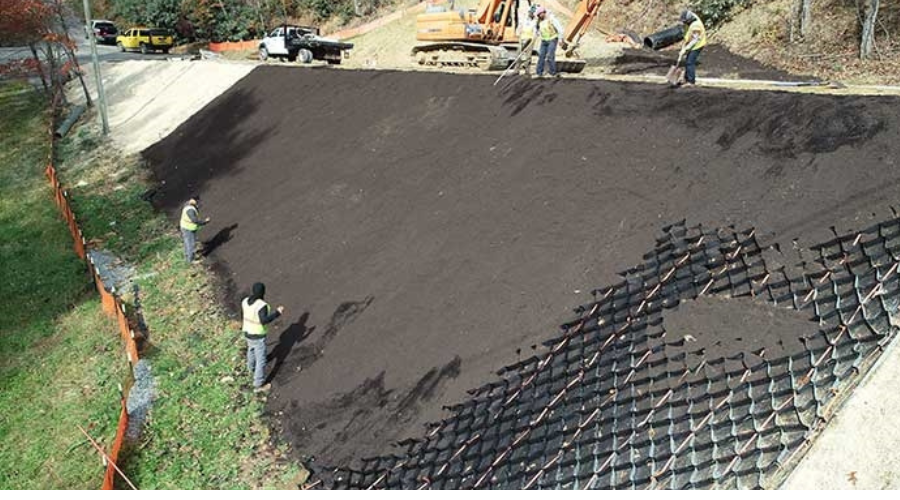
The Geocell products were formulated in the year 1970 and in the early times of 1980. The main applications of a geocell are as follows:
(i) It provides safety and stabilization to the abrupt slope surfaces.
(ii) They protect the lining of the tunnels and the hydraulic structures.
(iii) Offers fixed and dynamic strength and load assistance on weak soil subgrades.
(iv) Provides sustainable multi-layered configurations for earth-retaining and water-retaining surfaces.
The presence of the infill is the main thing that is regulated based on the nature of the type of work pressure that would be applied and the vigor of it, the availability and the expense of the substances that are used along and in the case of specific examples it also considers the aesthetic regulations for a fully easy-taken appearance of the space in which the geocells are supposed to be used. However, the primary geocell infills are aggregates, vegetated topsoil, and concrete.
Features that Make Geocells an Ideal Option
1. Geocells are the materials that are utilized as weight-transporting platforms
2. These are highly effective in solidifying the soils
3. Although they are compact, they are adamant in terms of strength
4. They are made up using the virgin HDPE material
5. They are high in terms of stability
6. They are easy to install.
7. They provide a versatile explanation for the roads and the highways.
8. They are proven for their strength in soil and abrupt parking.
9. They can transform infill just like any other additional geosynthetic.
10. They make the soil a lot stronger.
These are engineered explanations to fulfill the challenges of any design.
HDPE geocell driveway for road and slope protection
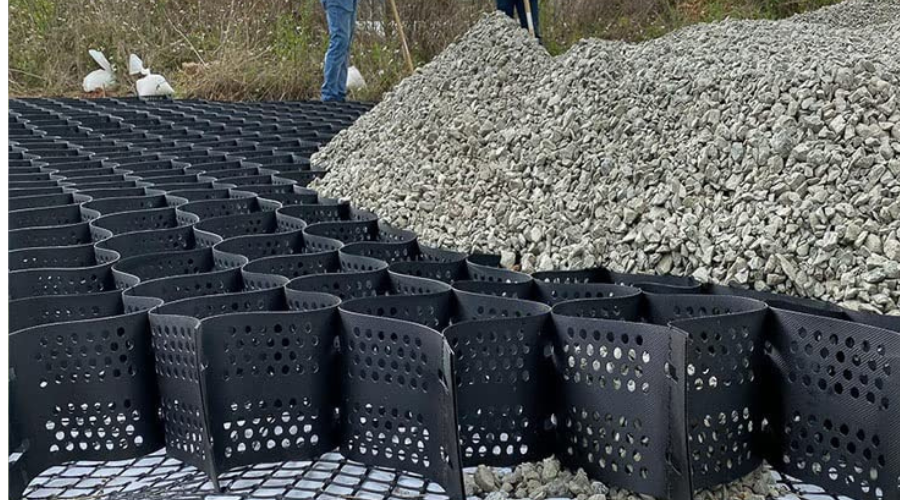
HDPE geocell is a product that is light in terms of weight and flexible in almost three dimensions, with expandable panels that are made using high-density polyethylene strips which are bonded together in an ultrasonic bond, leading to the formation of a bond that is extremely strong. The width of a long strip is considered the height of the geocell, and the distance between the two welded lines is almost the same size as seen in the case when the geocell is not expanded; this is the welding distance. These geocells form a honeycomb-like structure that is manufactured from HDPE polyethylene, and the use of the ultrasonic technique jointly welds it. During transportation, it is easier to fold because it is flexible. However, during the time of usage, it is then expanded over the ground in a way that each of the cells develops, and the infills are added into it to provide structural support; infills can be in the form of soils, granular types of cement or other materials that could help provide robust and rigid confinement to the steep driveways.






